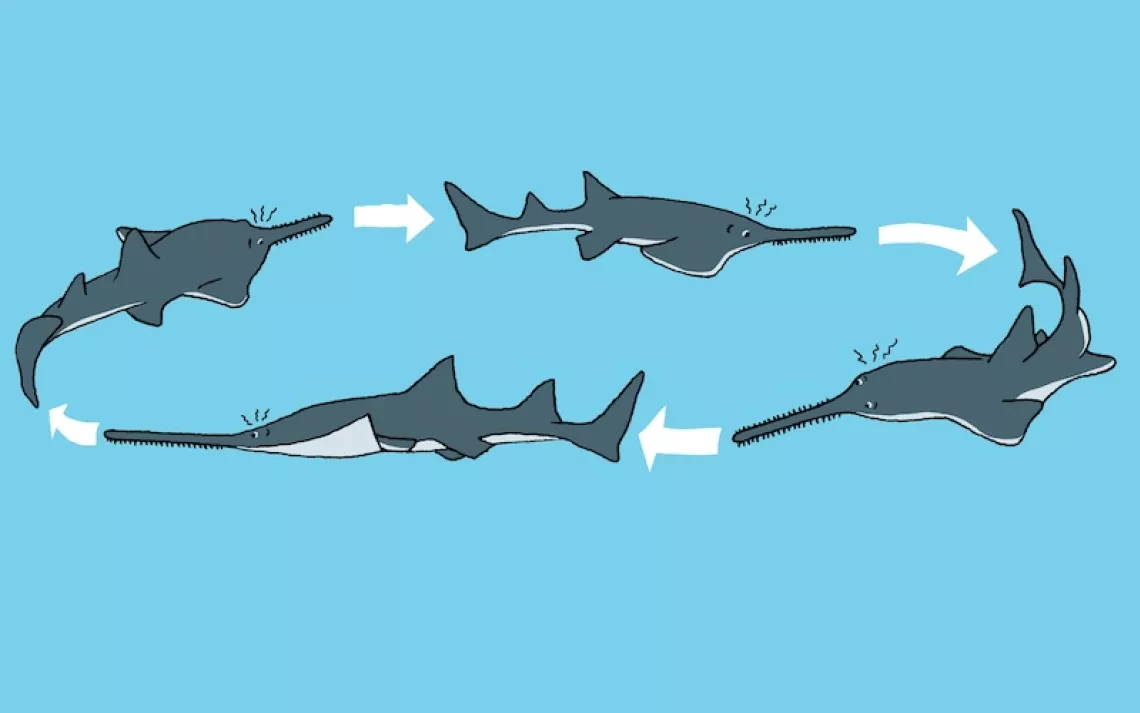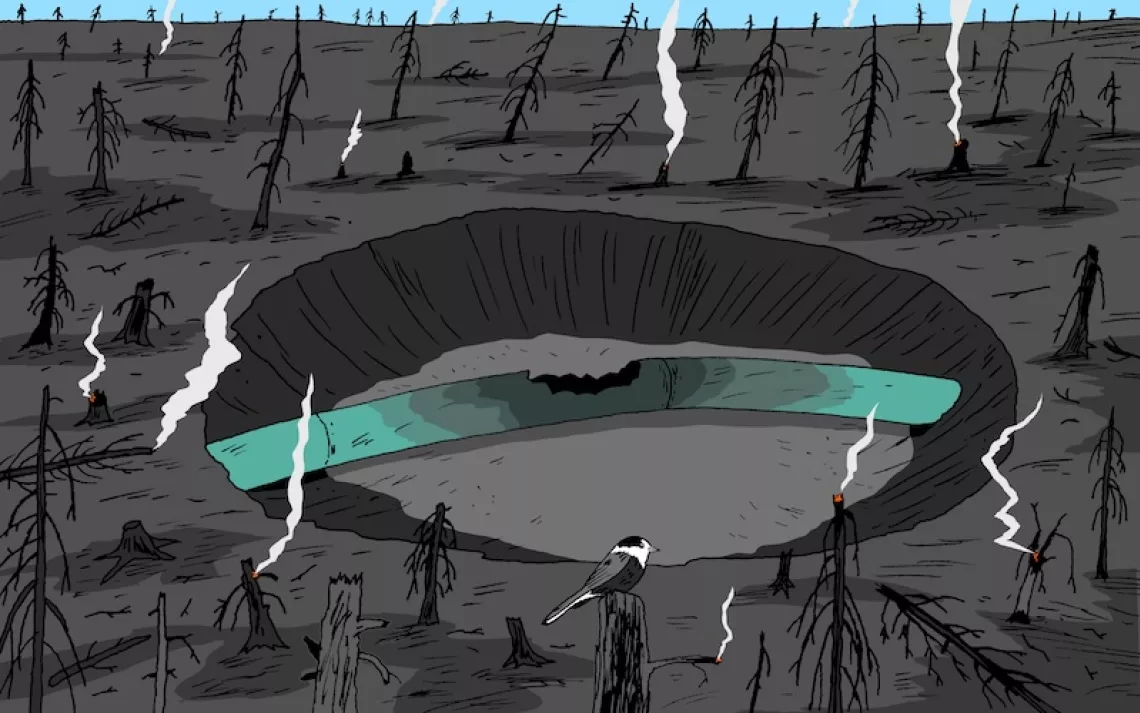ICYMI: World’s Worst Weed, Ukrainian Nuke “Out of Control” & Death Valley Floods
A weekly roundup for busy people

Cogongrass, one of the “world’s worst invasive weeds,” is discovered spreading wild in a Boise, Idaho, suburb.
After 300,000 invasive rabbits, as well as rats and mice, are eliminated, native wildlife on Macquarie Island in the Southern Ocean rebounds.
Australian researchers identify 139 new species, including an ant that protects the caterpillars of a rare butterfly, four new marine fish, and a mountain frog.
A Brazilian firm called Nemus is selling NFTs that it claims are linked to physical land in the Amazon rainforest, which is the home of the Apurinã people.
Two NASA studies conclude that when the calving of icebergs from Antarctic ice shelves is accounted for, the amount of ice lost since 1997 would double, from 6 trillion metric tons to 12 trillion.
Iran records the highest temperature of anywhere in the world in 2022: 127°F in Abadan.
The Russian-occupied Zaporizhzhia nuclear plant in Ukraine, says the head of the International Atomic Energy Agency, is “completely out of control.”
Oregon’s Department of Forestry withdraws a map showing widespread wildfire risk in the state after thousands of people complain that their property values will drop and homeowners’ insurance will become unobtainable.
Death Valley National Park closes due to flooding after a monsoonal storm dumps nearly 1.5 inches of rain, 70 percent of the park’s annual average.
Heavy rains in far-northern California over the area burned by the McKinney Fire cause flash flooding, killing tens of thousands of fish in the Klamath River.
Massachusetts governor Charlie Baker signs major climate legislation that will, amid much else, accelerate the development of offshore wind.
The Ohio Supreme Court approves, by a 6–1 vote, the first freshwater offshore wind farm in the United States, the six-turbine, 20.7-megawatt Icebreaker project in Lake Erie. Opposition to the project was funded by the Murray Energy coal company.
The California Energy Commission adopts a goal of generating up to 25,000 megawatts from floating offshore wind farms by 2045, enough to power 25 million homes.
 The Magazine of The Sierra Club
The Magazine of The Sierra Club






